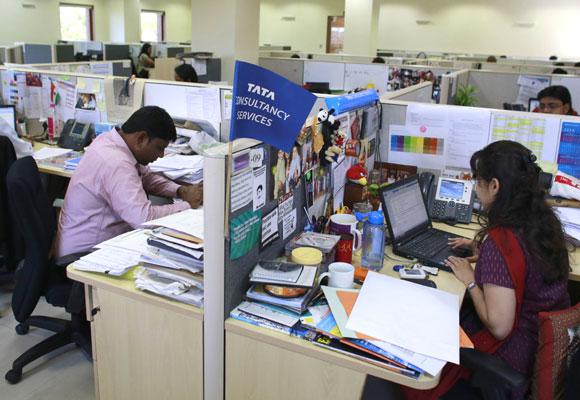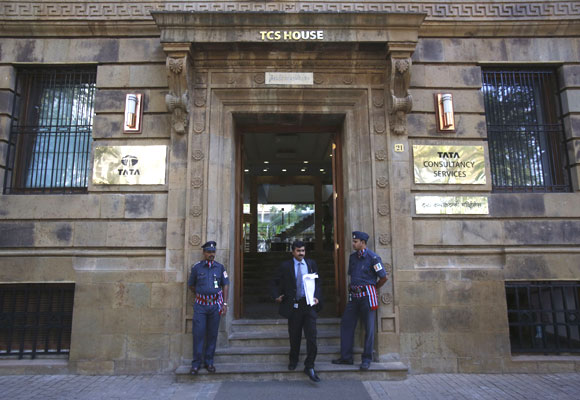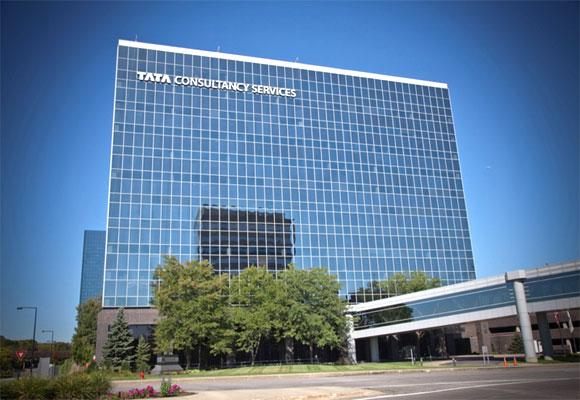 | « Back to article | Print this article |
Infosys, TCS and other IT firms brace for good times
The shape the IT industry will take as the global economy slowly moves towards its next upward business cycle can only be speculated upon.
The Indian software services industry appears to have embarked on another good year (2014-15), going by the way its leaders have kicked off in the first quarter.
Both the market leader, Tata Consultancy Services (TCS), and Infosys have delivered numbers bettering analysts' expectations.
The key difference with earlier quarters is that while TCS has continued to exude optimism, Infosys has stopped sounding glum and declared that momentum in large deals would continue.
Please click NEXT for more...
Infosys, TCS and other IT firms brace for good times
The positive sentiment all round suggests 2014-15 will turn out to be the watershed that trade body National Association of Software and Services Companies, or Nasscom, had forecast, with exports nudging the magic figure of $100 billion.
The foremost engine for this will, of course, be TCS, which in the last quarter has seen robust volumes and healthy growth across all its segments.
Infosys has, true to style, been conservative in its outlook, foreseeing seven-nine per cent growth for the year in dollar terms, compared to Nasscom's forecast of 13-15 per cent.
Please click NEXT for more...
Infosys, TCS and other IT firms brace for good times
But with a new leader in place, it is to be expected that the firm will revert to fulfilling promises, unlike the failure to meet its own forecasts in the recent past.
The optimism over the future also results from the size of the deal that Wipro, another large company that has had its share of internal instability, has announced with a Canadian group.
The deal's value, over a 10-year period, adds up to $1.2 billion.
Please click NEXT for more...
Infosys, TCS and other IT firms brace for good times
The firm-level optimism derives partly from the state of the global economy.
Recovery in the United States is not yet complete, and Europe is yet to shake off all its post-2008 woes.
Hence, in terms of its potential, the sector's growth has not peaked. Yet the current industry leader, TCS, is already growing at around the rate at which the then market leader, Infosys, was prior to the 2009-10 slowdown.
The shape the industry will take as the global economy slowly moves towards its next upward business cycle can only be speculated upon.
It seems safe to assume that the downside of becoming big - losing the ability to grow fast - will take quite some time to kick in.
Please click NEXT to read more...
Infosys, TCS and other IT firms brace for good times
This is because the information technology sector has retained some youthful energy even though mass computing has been around for over four decades. Its latest focus - "the internet of things", which seeks to connect all the gadgets and tools that are an integral part of modern daily life - has thrown open hitherto unknown new vistas for growth.
If there is one dark lining to this silver cloud, then it is the expectation that, as the software industry moves up the value chain, it increasingly automates key functions, creates fewer jobs - and, thus, ceases to be the saviour of the Indian middle class.
But then fewer new jobs also means more high-value jobs.





